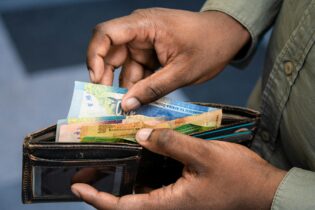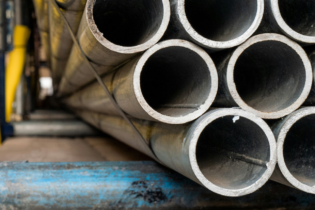As green hydrogen gains more interest as an important contributor to a lower carbon future, project developers are viewing Namibia as an ideal venue for such projects.
Hydrogen fuel cell technology is gaining traction as a source of electrical energy, and work is underway to find cost-effective ways of employing solar or wind energy to create green – or renewable – hydrogen through water electrolysis. With its abundance of sunshine, Namibia is hosting a number of these projects, one being the Green Hydrogen Demonstration Plant (GHDP) near Walvis Bay. On a site of some 26 hectares, Cleanergy Solutions Namibia is planning to become the first company in Namibia to produce commercial grade hydrogen from water using renewable energy sources. The project includes a solar photovoltaic plant with tracking system, battery energy storage and the GHDP itself. SRK Consulting (South Africa) has conducted the environmental impact assessment (EIA) on the proposed pilot site, paving the way for construction to begin in March this year. Formed in 2021, Cleanergy is a joint venture between Namibia’s largest privately held group Ohlthaver & List, and Belgium company CMB.TECH. With European countries being at the forefront of many renewable energy initiatives, European Commission president Ursula von der Leyen recently commented: “Namibia has the potential to become one of the main renewable energy hubs on the African continent and world-wide.”
Assistance from SRK
Dr Laetitia Coetser, partner and principal scientist at SRK Consulting, agreed that Namibia was one of the countries with the greatest potential for large scale, commercial production of green hydrogen.
“Although some of the technologies to be utilised are new, there is already a well-established solar plant design and construction industry within the country,” said Dr Coetser. “The EIA, as well as a public participation process, were undertaken in support of the environmental clearance certificate issued by the Ministry of Environment, Forestry and Tourism.”
SRK compiled an environmental management plan (EMP) for the client to effectively manage and mitigate the impacts of the proposed development,. The mitigation measures include design and management practices to prevent and minimise impacts on the social, cultural and environmental aspects.
“The mitigation and monitoring will be implemented during the planning, construction and operation phases of the GHDP project,” she said. “Most of the impacts are anticipated during construction, when bulk ground work would be conducted.”
Waste management is also an important element of an EIA, relating to the separation, storage and disposal of waste. The programmes and plans outlined in the EIA are subject to monitoring to assess the effectiveness of implementation; this includes routine monitoring against set standards or performance criteria, and periodic review or evaluation. “It is anticipated that green hydrogen projects like this will further enhance existing skill sets in Namibia, as entirely new job markets will open up within the country,” she said. “This will contribute towards efforts to diversify the economy, and could substantially add to the overall gross domestic product.” In addition to its environmental services, such as those provided to the Cleanergy project, SRK Consulting offers services in a wide range of disciplines for the successful development of renewable technology in South Africa and globally.








